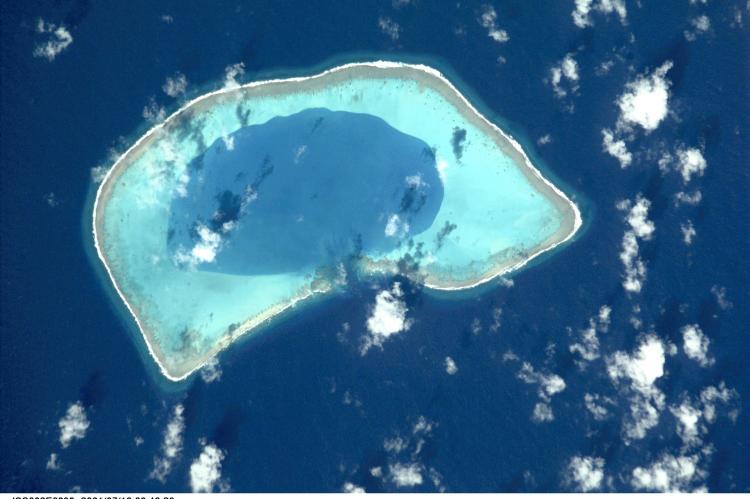Niue plans huge marine reserve
Environmental groups applaud proclamation; challenge New Zealand to follow suit
The Niue government has announced plans to create a large marine protected area covering 40% of its exclusive economic zone, and called on New Zealand to do more to protect the ocean. The marine protected area will protect the ocean around the tiny island nation and nearby Beveridge Reef, an uninhabited atoll home to the world’s highest density of grey reef sharks. Once established, the marine protected area will be the 28th largest in the world.
Along with Palau and Chile, Niue will be one of just three nations protecting over 30% of their ocean territories, which is what scientists recommend to keep oceans healthy and resilient to climate change. The ocean around Niue is a breeding ground for humpback whales – the same whales that pass through New Zealand's Kermadec region each spring.
Huge Opportunity
“There's a huge opportunity for New Zealand to keep this momentum going by establishing the Kermadec Rangitāhua Ocean Sanctuary now,” said WWF-New Zealand Chief Executive Officer Livia Esterhazy. “We Kiwis love our oceans, and we want to protect them,” she added. Earlier this year, a Colmar Brunton poll revealed 93% of New Zealanders want the Sanctuary established. Let’s make it happen!”
University of Auckland scientist Dr. Rochelle Constantine has visited the Kermadec region several times to study the humpback whales that gather there each spring en route from the tropics to their sub-Antarctic summer feeding grounds.
Supported by The Pew Charitable Trusts, her research has confirmed that humpback whales from Niue travel to the Kermadecs, along with others from across the Pacific and beyond. The Kermadec Campaign partners, Forest & Bird, the Pew Charitable Trusts and WWF-New Zealand have been advocating the establishment of an ocean sanctuary to fully protect its internationally important wildlife.


